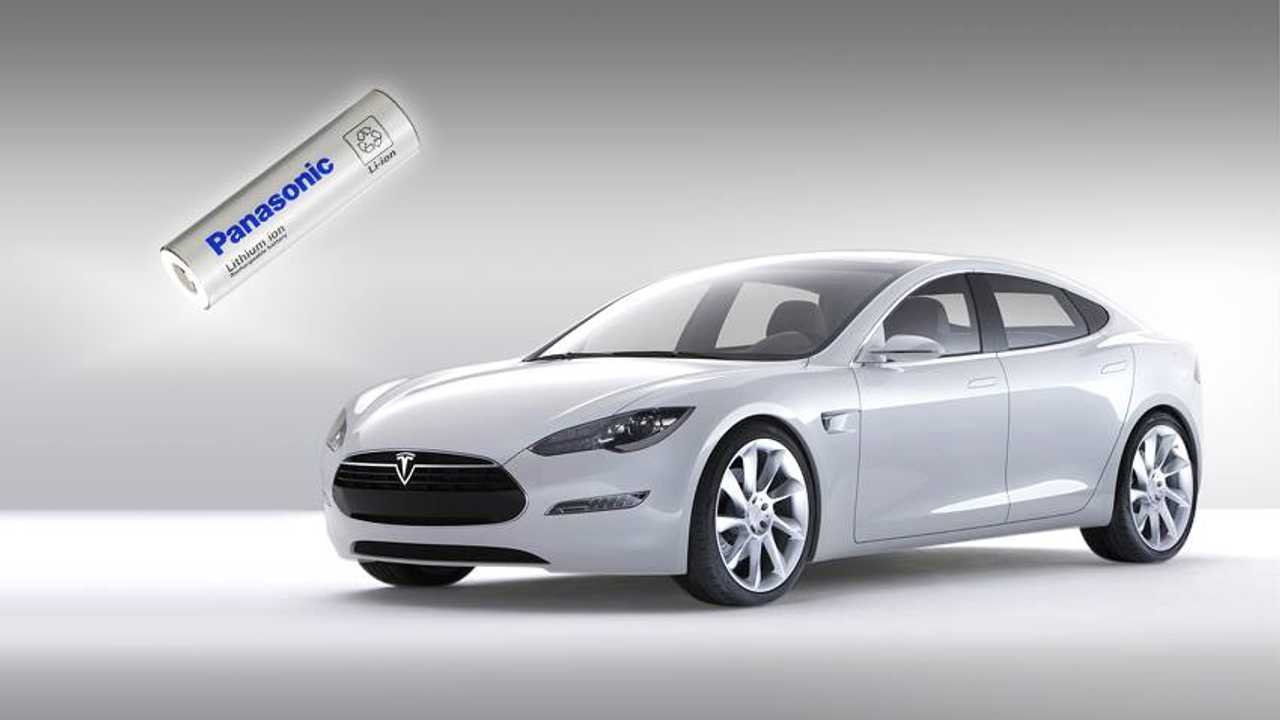[ad_1]
Interested in finding out how well a Tesla battery pack hold up after 146,000 miles? We’ve got you covered, compliments of this video posted by Branden Flasch.
One of the biggest concerns that potential electric vehicle buyers have is how long will the battery last. It’s a legitimate question to ask because EVs are still relatively new, and there isn’t many decades of data showing exactly what to expect from the current battery chemistries used in EV batteries.
People know what to expect with their ICE vehicles. They know how often they need maintenance and how long the engine and transmission typically lasts. But with an EV, the most expensive component in the entire vehicle is a big unknown, and that’s a major concern when making a buying decision. It’s also part of the reason why many people choose to lease an EV rather than buy one.

Tesla battery pack removed from the vehicle
In the video, Flasch fully charges his 2015 Tesla Model S 70D, and then drives it down to zero to measure how many kWh the car uses, giving us a clear picture of how much of the original 70 kWh is still available for the vehicle to use. Flasch has 146,000 miles on the car which has also completed over 1,000 charging cycles.
You might be surprised to find how the batter is holding up, even if you have confidence that Tesla battery packs are designed and built for longevity. So how well did it do? Flasch’s Model S retained about 83% of its original capacity. That’s an average annual capacity loss of only 3.4% on a very high mileage car.
The average American drives about 15,000 miles per year. This car has been driven double that, averaging 30,000 miles per year. That factors out to 1.7% battery capacity loss for roughly every 15,000 miles driven.
For the full results, check out the video and find out. As always, let us know your thoughts in the comment section below.
*EDIT: 3/25/20
Flasch reached out to me to point out that I was incorrect by stating his car now has 83% of its original capacity, it actually has about 90%. I failed to add the 4 kWh buffer that the car reports is has. Therefore, the total capacity it currently has is 62.4 kWh out of the original 70 kWh.
So that works out to about a 1% loss of battery capacity for every 15,000 miles driven.
[ad_2]
Source link





0 Comments